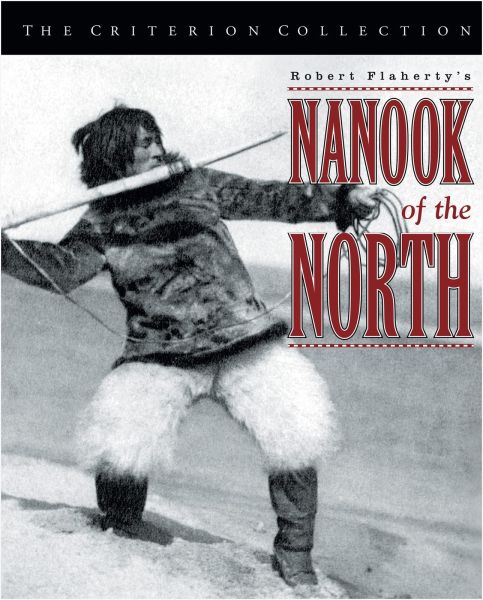Nanook of the North

Description:
Nanook of the North is an early silent ethnographic documentary that follows Inuk hunter Nanook and his family in the Arctic as they hunt, build, and endure severe cold. Filmed by Robert J. Flaherty in remote northern environments, the film blends staged scenes with authentic daily life to offer a pioneering, cinematic glimpse into Inuit culture and survival, while also inviting discussion about representation in documentary filmmaking and the legacy of nonfiction cinema. Its influence on the language of documentary is widely studied.Keywords:
Indigenous Rights, Documentary, Ethnographic, Silent Film, Arctic Life, Inuit CultureWhy was Nanook of the North controversial?
"Nanook of the North," directed by Robert J. Flaherty in 1922, is considered controversial for several reasons. It is often regarded as the first feature-length documentary but has faced criticism for its staged scenes and manipulation of reality. Flaherty presented a romanticized and simplified view of Inuit life, leading to debates about authenticity in documentary filmmaking. Additionally, some portrayals perpetuated stereotypes and misrepresented Inuit culture, raising ethical questions about representation and the responsibilities of filmmakers toward their subjects.
Was Nanook of the North a real person?
Yes, Nanook of the North is based on a real person named Nanook, an Inuk hunter from the Canadian Arctic. The film, directed by Robert J. Flaherty and released in 1922, is considered one of the first feature-length documentaries. While it portrays Nanook's life and culture, some scenes were staged or dramatized for cinematic effect. The film provides a glimpse into the life of the Inuit people, but it is important to note that it blends reality with artistic interpretation.
How many wives did Nanook of the North have?
In the documentary "Nanook of the North," Nanook, an Inuit man, is depicted as having one wife, named Nyla. However, it is important to note that the film presents a dramatized version of his life, and in reality, Inuit men often had multiple wives due to cultural practices. The film, released in 1922 by Robert J. Flaherty, is recognized as one of the first feature-length documentaries and aimed to showcase the life and struggles of the Inuit people in the Arctic.
What is the meaning of Nanook of the North?
"Nanook of the North," directed by Robert J. Flaherty and released in 1922, is a silent documentary film that depicts the life of the Inuit people in the Canadian Arctic. The title "Nanook" means "bear" in Inuktitut and symbolizes strength and survival. The film portrays the daily struggles and traditions of an Inuit family, particularly focusing on Nanook, the main subject, as he hunts, builds igloos, and raises his family. It is considered one of the first feature-length documentaries and is significant for its role in the portrayal of indigenous cultures.
Explore More Categories:
Urban Solitude Freedom Father Son Relationship Survival Alternate History Trust Alcoholism Monochrome Growing Up Consumerism Emotional Intensity Individualism Gore Youth Culture Arthouse Docudrama Mutant Northern Ireland Psychological Manipulation Radiation Pain Motherhood Claustrophobia Buddy Comedy Harassment